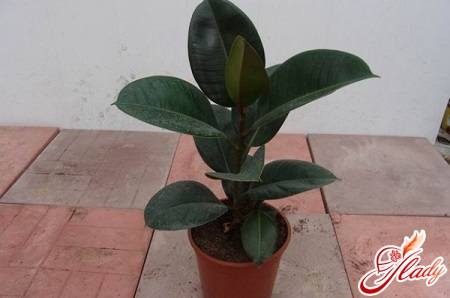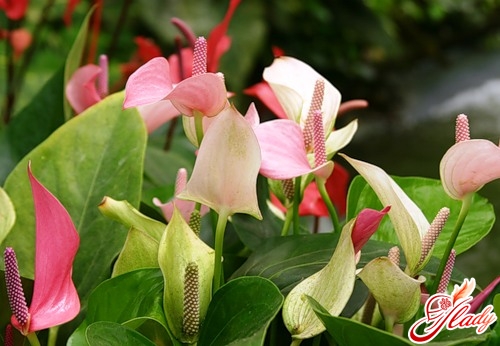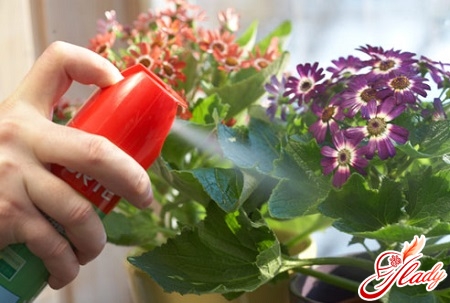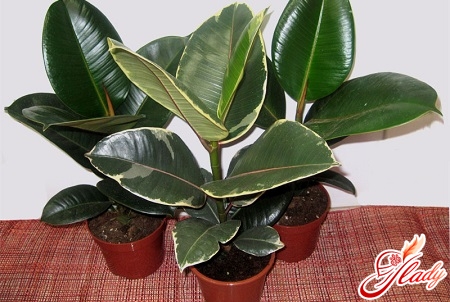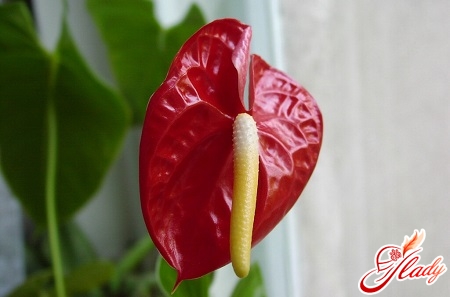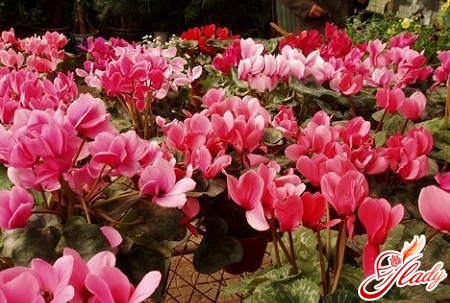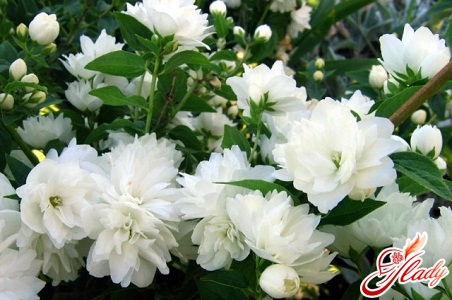 More than a thousand years ago, people began to noticethis fragrant flower, and it moved from natural conditions to gardens, and later to houses. In those distant times, it was believed that jasmine is a royal flower and in Arab countries it was grown exclusively in the gardens of the rulers of states. In Europe, it appeared during the time of the Crusaders at one of the Italian dukes, who strictly forbade his gardener to give away shoots, but one day the gardener fell in love and gave his beloved a large bouquet of flowering branches. This story served as a reason for jasmine to be considered a flower of love. Experienced gardeners know that jasmine is an indoor flower, originally from India. In this country, it is treated with sacred awe and used for religious ceremonies, as a medicine and as a fragrant additive to food, garlands are made from it for decoration. Of course, the chic aroma of the plant could not pass by perfumers, and they often use it to make toilet water. Of the three hundred varieties growing in natural conditions, only a few are used for indoor cultivation, including the multi-flowered jasmine (house flower), which differs from the others in that it initially has pink buds, which then turn into fragrant snow-white brushes.
More than a thousand years ago, people began to noticethis fragrant flower, and it moved from natural conditions to gardens, and later to houses. In those distant times, it was believed that jasmine is a royal flower and in Arab countries it was grown exclusively in the gardens of the rulers of states. In Europe, it appeared during the time of the Crusaders at one of the Italian dukes, who strictly forbade his gardener to give away shoots, but one day the gardener fell in love and gave his beloved a large bouquet of flowering branches. This story served as a reason for jasmine to be considered a flower of love. Experienced gardeners know that jasmine is an indoor flower, originally from India. In this country, it is treated with sacred awe and used for religious ceremonies, as a medicine and as a fragrant additive to food, garlands are made from it for decoration. Of course, the chic aroma of the plant could not pass by perfumers, and they often use it to make toilet water. Of the three hundred varieties growing in natural conditions, only a few are used for indoor cultivation, including the multi-flowered jasmine (house flower), which differs from the others in that it initially has pink buds, which then turn into fragrant snow-white brushes.
Secrets of cultivation
Indoor jasmine is an evergreen vine withgraceful shoots that require support. The plant looks especially impressive when using a round support. Over time, the shoots beautifully braid it in the form of a dark green arch, and when flowering begins, it becomes like a picturesque wreath. Anyone who wants to buy or grow this plant should know that indoor jasmine flowers are unusually fragrant and can even cause unpleasant sensations, so it is not recommended to keep the flowering plant in the bedroom or children's room. Caring for jasmine - a fairly demanding flower, should consist primarily in proper temperature control. In order for amazingly fragrant flowers to appear annually, you need to give the plant the opportunity to feel the change of seasons, and for this in winter it should rest at a temperature of + 15-18 ° C in a bright room. Florists consider eastern windows to be the best option for jasmine, since the plant can grow on them without shading. From mid-autumn to early spring, the flower is watered very moderately, no more than twice a week, and no fertilizer is used. Only by maintaining this regime can you make jasmine bloom. The pot with the plant should be located in a well-lit place away from heating devices. It is necessary to carefully monitor the humidity and take all measures to ensure that the air in the room is not too dry. The higher the room temperature, the more intense the spraying should be. Watering in the summer is done abundantly, because you cannot allow the earthen lump to dry out. It is better to use warm water for watering, even in summer. It is good to water the plant with rain or filtered water, and for a better effect it can be slightly acidified.
Reproduction and transplantation
To form a beautiful crown, in the springThe jasmine bush is pruned - the flower only gets better, it has young shoots, and it blooms much more actively. The pruned cuttings are used for propagation. The best planting material is one-year-old lateral shoots. Rooting is carried out traditionally, using a mini-greenhouse. The soil for this purpose is taken leafy, it is abundantly moistened, the cuttings are deepened into it and everything is covered with a plastic bag. Rooting takes a little more than a month, to speed it up, phytohormones are usually used. You can root the cuttings in water at a temperature of about + 20 ° C, when they take root, they are planted in small pots and protected from direct sunlight until the first shoots appear. Like most plants, jasmine is transplanted in the spring. The soil for transplanting is acidic: clay-turf, leafy with the addition of sand. For young plants, spring replanting is mandatory; older plants are replanted less frequently, approximately every 2-3 years.
Benefits of jasmine
All varieties of indoor jasmine, when properly growncare give beautiful and very delicate flowering. Having such a fragrant bush is not only a beautiful sight, but also an opportunity to arrange aromatherapy sessions without leaving home. It is known that the smell of jasmine relieves stress, tension, enhances female energy, and gives men endurance. Jasmine is a special plant that not only has aesthetic value, but it can be used with benefit. One of the ways to use it is to prepare tea with flowers, which is an excellent drink after a busy day, but tea with leaves, on the contrary, invigorates and is best drunk in the morning. Jasmine: an indoor flower is a real find for the home. We recommend reading:




